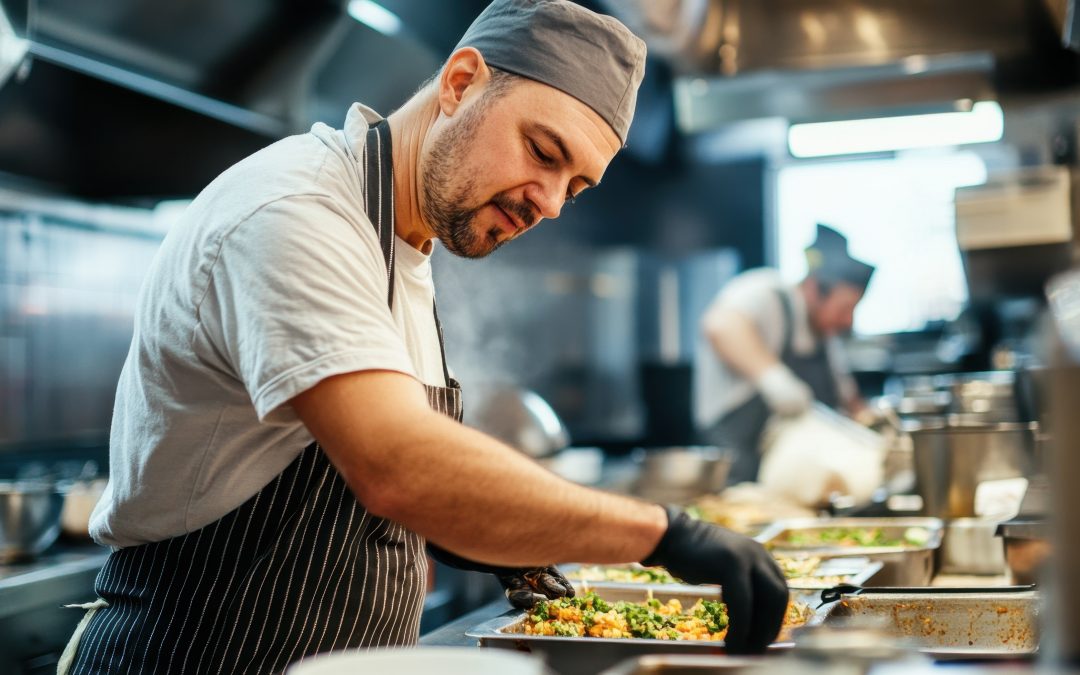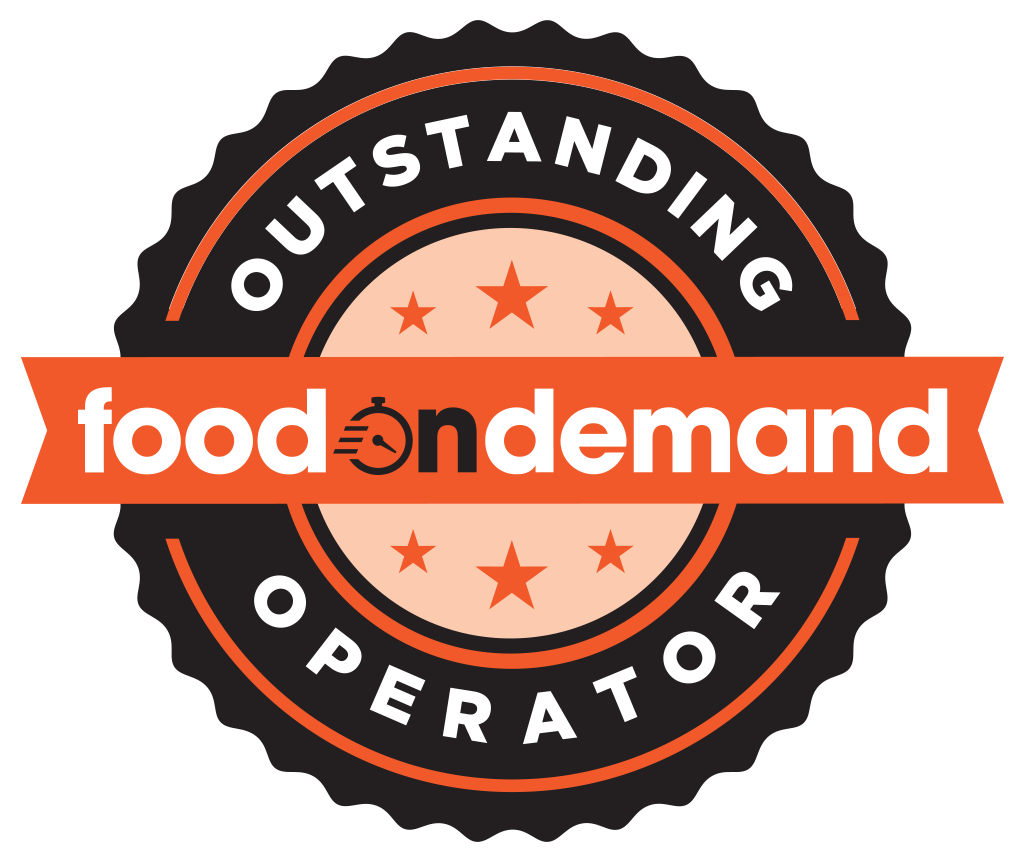The litany of ailments that troubled restaurants in 2024 have been well-documented. Price inflation? Yes. Employee turnover? Sure. Rent increases? Often. But was it all migraine city? No. There was a silver lining. In real labor productivity, which assesses how much can be produced by a given number of workers. Those measures went up, and they’ve been rising for several years now, due in large part to increased off-premises ordering since the pandemic, according to research from economists at the University of Chicago.
The year 2020 changed everything. Up to that point real labor productivity in the industry had been flat for three decades, according to the study’s authors. And while it fell off a cliff during the pandemic, by more than 20 percent, it started trending up in 2021. Way up. Peaking at more than 25 percent of pre-pandemic levels and staying stable at around 15 percent through early 2025. That surprised Professor Chad Syverson of the University of Chicago’s Booth School of Business, who co-wrote the report with colleague Austan Goolsbee, former chairperson of the Council of Economic Advisors, and two others.

Chad Syverson of the University of Chicago
“We hadn’t seen any other economists mention this shift, which is why we worked on the paper,” said Syverson in an interview. “We wondered, Is this just a temporary thing that’s eventually going to fade?”
That question inspired the team to look under the hood. “We wanted to figure out the mechanism that was causing this trend,” he said.
Syverson and his team reviewed government aggregate data, which includes Census data of retail sales for the restaurant sector, Consumer Price Index data for food outside the house, and restaurant-industry employment data from the Bureau of Labor Statistics. That was the macro data.
They also examined consumer behavior at more than 100,000 fast-food restaurants, using cell-phone data and debit and credit-card transactions from geospatial data company SafeGraph. “The data is essentially a counter on the door of the establishments,” he said. “You see how many people visit over a time period and how long they’re in the restaurant.”
Next they matched that data with credit-card spend patterns. That rounded out the micro data.
They worked their models to come up with inflation-adjusted sales per employee and inflation-adjusted sales per employee hour. Both formulas resulted in the same analysis. Productivity was now consistently and substantially higher than pre-pandemic levels.
But why?
The authors have some pretty good ideas.
“We don’t actually see whether an order is take-out or delivery but we can see if the visit associated with the order results in a consumer spending 10 minutes or less in the restaurant,” he said. “Those we surmise are likely to be take-out and delivery.”
It’s this shorter period of time in locations, what the authors call dwell time, that unlocks their analysis.
In 1992, half of customer visits had been less than 10 minutes, according to their research. That jumped to about 60 percent when Covid began, and it is now slightly higher. These shorter visits have mostly replaced those lasting 21–60 minutes.
And what also exploded at the same time as the short-visit increase? Use of delivery apps.
While the economists are careful not to make grand conclusions, they do connect some dots. If a consumer orders a meal for take-out or delivery, the restaurant doesn’t have to clean a table or do dishes. And if a consumer pays online with a credit card, or orders using an in-store kiosk, employees don’t need to provide service at the counter or the table. They can focus on making food and preparing to-go orders.
The researchers don’t think the productivity increase is due to employees working longer hours. According to their study, by January 2025 workers were putting in 25 hours per week on average, 30 minutes less than the pre-Covid average. They also wave off thoughts that the increase was due to restaurants hiring more workers and benefiting from economies of scale. Average employment per restaurant was slightly smaller than it was before Covid.
It’s the off-premises ordering. That’s the key variable. And Syverson thinks anything that can spur productivity is a good thing.
“Anytime you see productivity growth is good news all around,” he said. “We’re seeing more meals served for every worker hour. It’s a true efficiency gain.”


